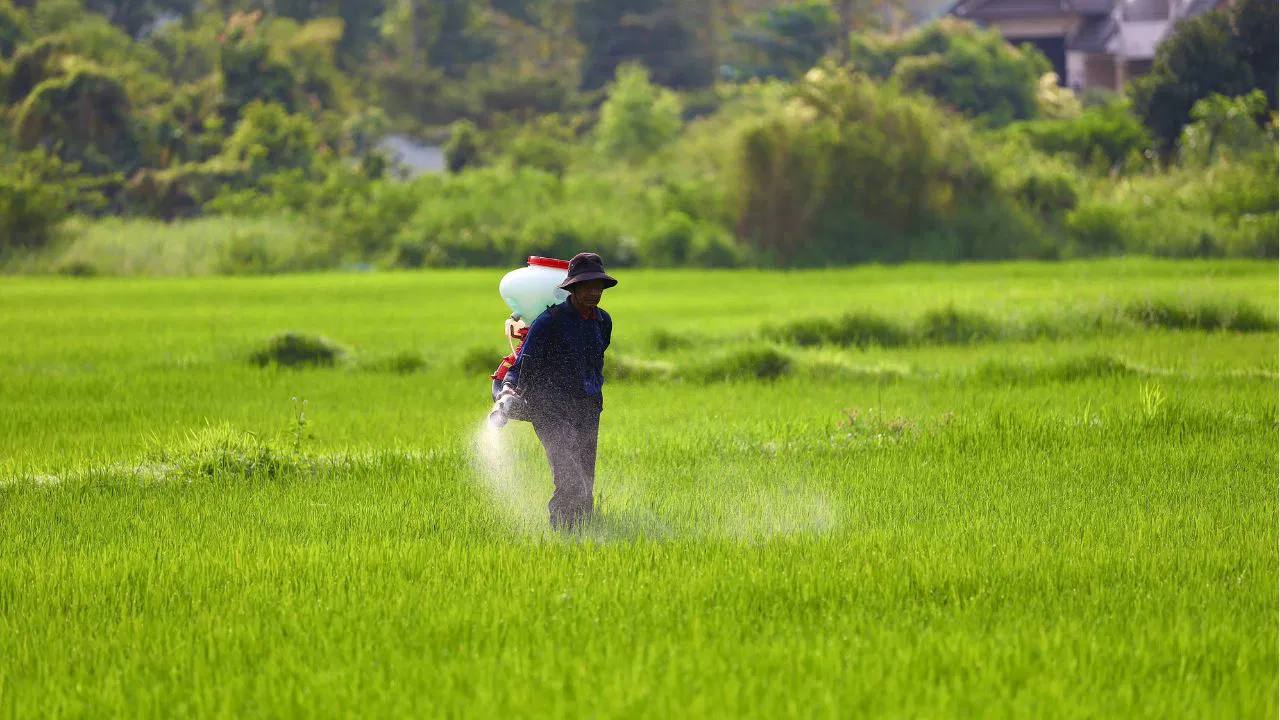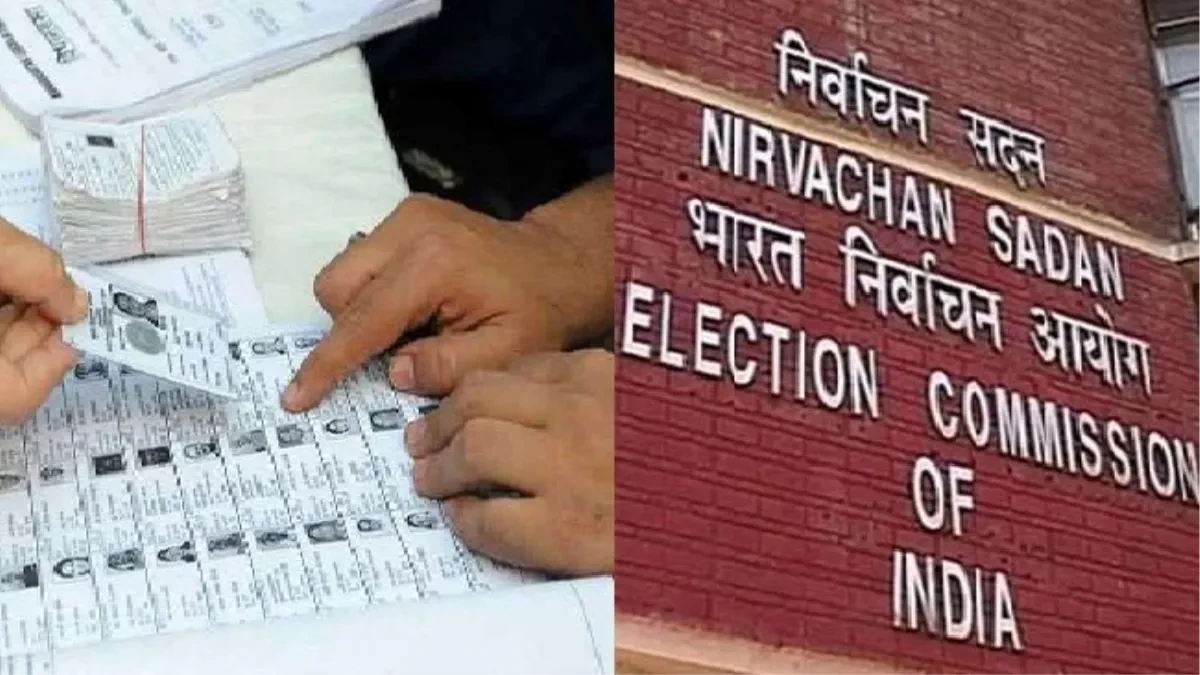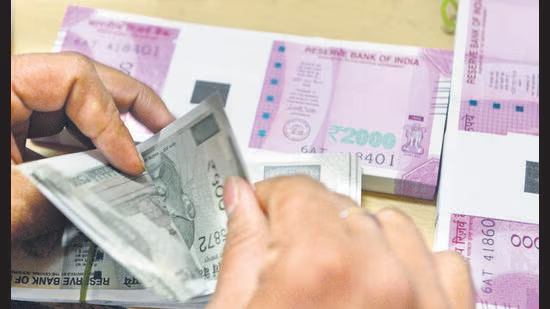- Courses
- GS Full Course 1 Year
- GS Full Course 2 Year
- GS Full Course 3 Year
- GS Full Course Till Selection
- Answer Alpha: Mains 2025 Mentorship
- MEP (Mains Enrichment Programme) Data, Facts
- Essay Target – 150+ Marks
- Online Program
- GS Recorded Course
- Polity
- Geography
- Economy
- Ancient, Medieval and Art & Culture AMAC
- Modern India, Post Independence & World History
- Environment
- Governance
- Science & Technology
- International Relations and Internal Security
- Disaster Management
- Ethics
- NCERT Current Affairs
- Indian Society and Social Issue
- NCERT- Science and Technology
- NCERT - Geography
- NCERT - Ancient History
- NCERT- World History
- NCERT Modern History
- CSAT
- 5 LAYERED ARJUNA Mentorship
- Public Administration Optional
- ABOUT US
- OUR TOPPERS
- TEST SERIES
- FREE STUDY MATERIAL
- VIDEOS
- CONTACT US
Cabinet Approves Nutrient Based Subsidy for Kharif 2025
Cabinet Approves Nutrient Based Subsidy for Kharif 2025
31-03-2025

Introduction
On 28 March 2025, the Union Cabinet approved revised Nutrient Based Subsidy (NBS) rates for the Kharif 2025 season to ensure affordable and timely access to Phosphatic and Potassic (P&K) fertilizers. The decision reaffirms the government's commitment to supporting farmers and stabilizing input costs amid global price fluctuations.
Key Cabinet Approvals
- Subsidy Period: The approved rates apply from 01 April 2025 to 30 September 2025, covering the entire Kharif cropping season.
- Budget Allocation: A total outlay of ₹37,216.15 crore has been sanctioned — ₹13,000 crore higher than the Rabi 2024-25 budget.
- Subsidy Coverage: The NBS scheme covers 28 different grades of P&K fertilizers, ensuring their availability at subsidized prices. This includes fertilizers like Di-Ammonium Phosphate (DAP), Muriate of Potash) (MOP), SSP, and complex NPK grades
- Freight Subsidy Extension: The freight subsidy on Single Super Phosphate (SSP) has been extended for the Kharif 2025 season to further reduce financial burdens on farmers.
- Nutrient-Based Subsidy Rates for Kharif 2025:
-
- Phosphorus (P): ₹43.60/kg
- Potassium (K): ₹2.38/kg
- Sulphur (S): ₹2.61/kg
-
- Nitrogen (N) is not covered under the NBS scheme for P&K fertilizers. The subsidy rate of ₹43.02/kg for nitrogen is applicable for urea, which is not part of the NBS scheme for P&K fertilizers
- Department of Fertilizers (DoF) Role: The DoF is responsible for overseeing the implementation of fertilizer subsidy schemes, including the Nutrient Based Subsidy (NBS) and the Direct Benefit Transfer (DBT) system.
Objectives of the Kharif 2025 Subsidy
- Implementation Mechanism: The subsidy will be provided directly to fertilizer manufacturers and importers based on approved rates (ensuring affordable prices)
- Seasonal Support: Ensure timely access to essential nutrients ahead of the Kharif 2025 sowing season, which is highly fertilizer-intensive.
- Price Stabilization: Protect farmers from fluctuations in global prices of key fertilizers like DAP, MOP, and SSP.
- Supply Continuity: Maintain an uninterrupted supply chain through predictable subsidy flows to manufacturers and importers.
- Soil Health Reinforcement: Provide a mix of NPKS-based fertilizers to encourage nutrient-balanced soil practices.
- Farmer Welfare Emphasis: Demonstrate continued government commitment to input affordability, especially for small and marginal farmers.
Overview of the Nutrient Based Subsidy (NBS) Scheme
Introduction & Evolution
- The Nutrient Based Subsidy (NBS) scheme was introduced in April 2010 to reform India's fertilizer subsidy system.
- Previously, subsidies were based on per-bag pricing, which favoured nitrogen-rich urea and led to imbalanced fertilizer use.
- This imbalance resulted in soil degradation and reduced crop yields across agricultural regions.
- The NBS aimed to decontrol prices of P&K fertilizers while subsidizing nutrients directly, operating under the Fertilizer (Control) Order, 1985, issued under the Essential Commodities Act, 1955.
Core Objectives of NBS
- Promote Balanced Fertilization: Ensure a 4:2:1 nutrient ratio (N:P:K) for better soil health and crop productivity
- Enhance Agricultural Productivity: Enable optimal nutrient application to raise crop yields
- Rationalize Subsidy Burden: Link subsidy to nutrient content to ensure efficient government spending
- Support Domestic Industry: Strengthen local manufacturers and importers via predictable subsidy flow
Key Features of the Scheme
- Coverage: Applicable to 28 grades of P&K fertilizers, including DAP, MOP, SSP, and complex NPKS.
- Nutrient-Based Rates: Subsidy is fixed per kg of P, K, S — revised annually based on international and domestic prices.
- Inclusion of Micronutrients: Extra support for fertilizers enriched with zinc, molybdenum, and other micronutrients.
- Disbursement: Manufacturers receive subsidy directly while pricing remains controlled at the farmer level.
- DBT Mechanism: Since 2018, subsidies are routed via the e-Urvarak portal under the Direct Benefit Transfer system.
Benefits & Impact
- Improved Crop Yields: Balanced fertilization has led to higher productivity and better soil quality
- Cost Savings: Subsidized fertilizers have reduced input costs, improving farmer profitability
- Environmental Gains: The scheme has encouraged sustainable nutrient usage, reducing environmental degradation
- Farmer Reach: By covering 28 fertilizer grades, the scheme benefits a wide spectrum of crops and regions.
CHALLENGES OF THE NBS SCHEME
- Overuse of Urea
Urea is not part of NBS, so it remains cheaper and is overused by farmers (35.7 million tonnes used in FY23, causing nutrient imbalance). - Unbalanced Fertilizer Use
Farmers apply more nitrogen but less phosphorus and potassium, harming soil health (actual NPK use often deviates from the 4:2:1 ideal ratio). - High Subsidy Burden
Fertilizer subsidies are a major expense for the government (₹1.88 lakh crore in FY24, nearly 4% of the Union Budget). - Environmental Damage
Excess chemical fertilizer use causes pollution and increases greenhouse gas emissions (especially from nitrogen-based fertilizers). - Diversion of Subsidized Urea
A large portion of subsidized urea is misused or smuggled (20–25% diversion for non-agricultural use). - Regional Disparities & Low Awareness
Different regions need different nutrients, but the scheme doesn't fully account for this. Many farmers lack knowledge on balanced fertilization (limited region-specific soil data). - Global Price Volatility
Fertilizer imports make India vulnerable to international price shocks (especially DAP, MOP, and sulphur), affecting subsidy planning and farmer affordability.
WAY FORWARD
- Include Urea in the NBS Scheme
Bring urea under the same subsidy system to reduce overuse and promote nutrient balance (urea use reached 35.7 million tonnes in FY23; ideal NPK ratio is 4:2:1). - Apply One Policy for All Nutrients
Give equal support to nitrogen, phosphorus, and potassium to stop uneven use (China follows a uniform subsidy model across nutrients). - Promote Nano Fertilizers
Support nano urea and nano DAP for better efficiency and lower environmental damage (25% higher efficiency than regular fertilizers). - Test Flat Per-Acre Subsidies
Provide fixed subsidy per acre so farmers can buy fertilizers as per their soil needs (U.S. states use this system to reduce waste). - Use Technology to Track Fertilizers
Strengthen tools like e-Urvarak, PoS machines, and Aadhaar linking to stop black marketing (20–25% urea diversion reported). - Spread Awareness Among Farmers
Train farmers about balanced fertilization using Soil Health Cards and local centres (ICAR studies show up to 20% higher yields with proper nutrient use).
Conclusion
The Cabinet’s approval of NBS rates for Kharif 2025 highlights the government's push towards affordable farm inputs, balanced nutrient use, and reduced import dependency. This aligns with the broader goals of Doubling Farmers' Income, advancing Aatmanirbhar Bharat in agriculture, and securing nutrient and food sustainability for India’s future.
Appendix A: NUTRIENTS – ROLE, AVAILABILITY, AND IMPORTS1. Role of Primary Nutrients (NPK)
2. Role of Secondary & Micronutrients
3. Availability and Soil Deficiencies in India
4. Fertilizer Imports and Dependency (2024 Data)
|
|
|
|
|
Appendix B: HOW THE APPROVAL PROCESS WORKS
|
|
Appendix C: AGRICULTURAL SEASONS – KHARIF VS RABI
|
|
|
|
Also Read |
|
| FREE NIOS Books | |




